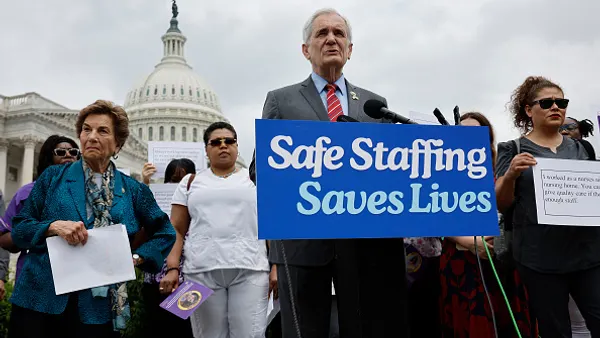Measuring the effectiveness of learning and development programs is an ongoing challenge in the HR space, but employers must be wary of using that as an excuse to invest in leadership programs that are “too general or do not sufficiently apply to their unique circumstances,” according to an updated resource from McLean & Co. released Jan. 16.
Such an approach can make it difficult for leaders to actually apply their training, the report said.
To build a solid and effective leadership training program, employers should start by establishing what gaps currently exist in leadership development and the competencies the company wants to build.
Then, an employer can craft the program with proper mapping of activities and measurements of success and define how it will be maintained in the future.
Involving senior leaders as “change champions” can help in the program development process, McLean added, noting that “communications from senior leaders are particularly impactful when supported by an empowered HR organization.”
Notably, one leadership skill that may be lacking is communication, according to research published in November by the Association for Talent Development — and communication skills are considered critical for that employee group, according to talent development professionals surveyed.
That survey did note that training leaders costs more than training employees more broadly.
Still, leader development is a “top priority” for HR, Gartner said in an October analysis, partly because company leaders and managers “are not equipped to lead change,” the firm said. However, nearly half of managers surveyed by TalentLMS said their company isn’t doing enough to train and cultivate leaders — with many saying leadership training is neglected.














